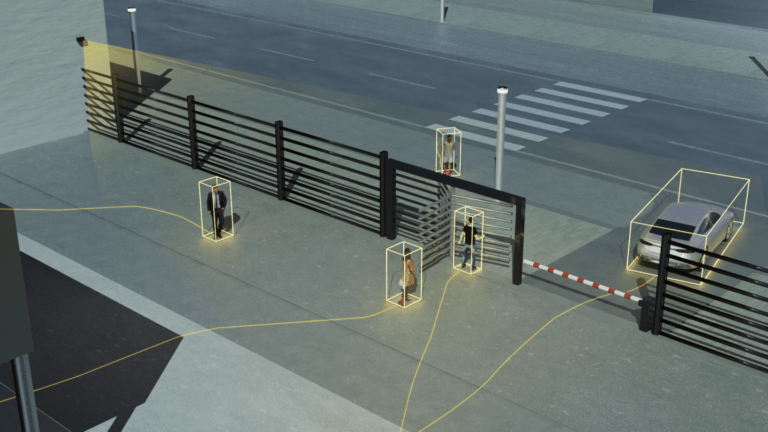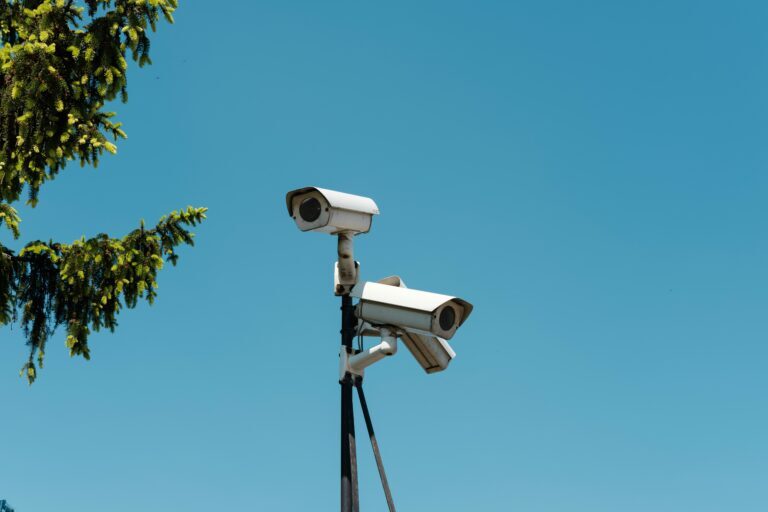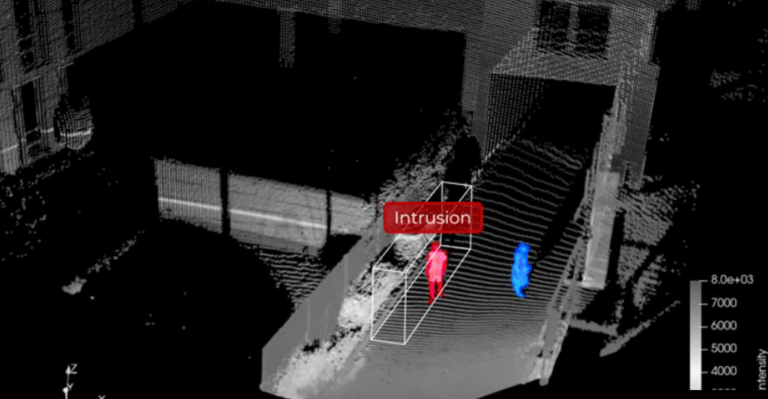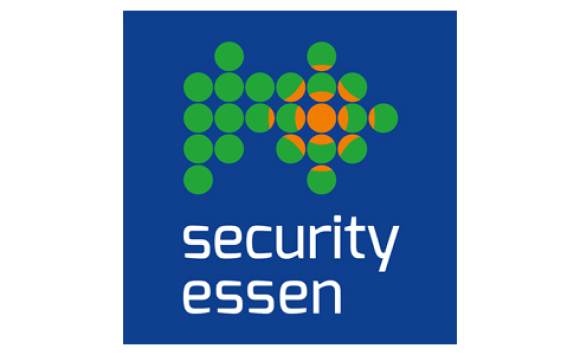Traditional security systems are complex and often consist of multiple sensors, such as CCTV cameras or radar. However, they are also prone to errors, loopholes, and limitations. Common challenges include false alarms, high installation and maintenance costs, and reduced reliability under adverse weather conditions—all of which jeopardize the system’s effectiveness.
To overcome these challenges, security providers are actively searching for advanced technologies that can enhance perimeter protection at airports, industrial facilities, and critical infrastructure. Enter LiDAR in security: a technology that redefines the way threats are detected and monitored. Thanks to its high-resolution 3D imaging capabilities, LiDAR can determine the exact size, direction, and velocity of objects in its field of view. Unlike cameras or radar alone, LiDAR offers unparalleled accuracy, works in all lighting and weather conditions, and is difficult to compromise or hack. These unique qualities make LiDAR in security applications a highly attractive and future-proof solution.
The composition of LiDAR Security Solutions
Deploying LiDAR in security systems does not necessarily replace existing technologies—it complements them. By filling in the gaps left by cameras, radar, or thermal imaging, LiDAR makes a system truly smart and foolproof.
For instance, a corporate building’s perimeter protection system may include motion sensors, an intrusion detection sensor for glass or door break, object detection sensor like LiDAR, Radar, or infrared camera, and a visual locator like a CCTV or IP camera. When integrated, LiDAR acts as the primary object or person detection mechanism, only activating cameras or other sensors when an anomaly is detected. This approach minimizes resource usage while maintaining privacy, as LiDAR captures distance data rather than personal identifying details.
LiDAR also enables automated PTZ (Pan-Tilt-Zoom) camera control and precise geolocation of detected objects. With minimal false alarms, security teams can respond with confidence and avoid alarm fatigue. Combined with AI-driven 3D perception software, data from LiDAR sensors and complementary devices are processed in real-time to provide a complete overview of the monitored area.

LiDAR in Outdoor Surveillance and Security
A growing number of organizations are turning to 3D LiDAR as a reliable outdoor security sensor for large-scale environments. Traditional outdoor surveillance technologies, such as cameras or thermal sensors, often struggle with visibility in poor weather, variable lighting, or complex terrain. By contrast, LiDAR provides centimeter-accurate detection in any condition, making it a powerful tool for outdoor security.
What sets modern LiDAR-based systems apart is the integration of data analysis software directly on the device. Instead of sending raw data to central servers, edge-capable sensors, like Blickfeld’s QbProtect, process information locally, classifying objects, tracking movement, and filtering out irrelevant signals in real time. This reduces latency, minimizes bandwidth usage, and ensures faster and more reliable responses to potential threats.
For outdoor surveillance, this means security teams receive only relevant, high-confidence alerts. Whether it’s distinguishing a person from an animal, or detecting suspicious movement near restricted areas, edge-enabled LiDAR sensors deliver actionable insights without being overwhelmed by noise or false alarms.
Concrete Use Cases: How LiDAR Strengthens Security On-Site
LiDAR unfolds its true potential in real-world applications. From perimeter protection to access control and object safeguarding, it enhances security solutions with flexibility, efficiency, and reliability.
Perimeter Protection
LiDAR adds a digital layer to fences—or replaces them entirely with virtual, invisible barriers. Thanks to volumetric detection, even irregular or complex structures can be secured. Multiple detection zones, such as early-warning and intrusion areas, enable precise alarms and continuous tracking of suspicious movements.
Access Control
At gates, barriers, or turnstiles, LiDAR defines clear 3D monitoring zones. It distinguishes between authorized and unauthorized behavior—such as vehicles passing through an open barrier versus pedestrians attempting to enter the same way—while minimizing false alarms.
Securing Indoor Areas
In lobbies, control rooms, or museums, LiDAR creates invisible protection zones without physical barriers. This allows discreet security that integrates seamlessly into architecture and daily operations, protecting valuable assets without disturbing visitors or staff.
Object Protection
LiDAR establishes flexible 3D security zones around high-value objects like parked airplanes, sculptures or stored materials. Approaching, touching, or climbing attempts are detected immediately. With remote software adjustments, protection areas can be reconfigured at any time, making LiDAR a long-lasting and adaptive solution.
Benefits of LiDAR in Security Systems
LiDAR Compared to Other Sensors
Cameras, radar, and thermal imaging have long been essential pillars of security technology, each with proven strengths. CCTV systems provide valuable visual documentation and act as a strong deterrent. Infrared and thermal cameras add further value in low-light environments by capturing heat signatures and detecting hidden activity. Radar sensors, on the other hand, offer robust long-range detection that performs reliably even in difficult weather conditions.
However, each of these technologies also has limitations when used alone. Cameras can be affected by poor lighting or adverse weather; thermal imaging systems, while powerful, are costly and do not deliver detailed 3D representations; and radar typically lacks the resolution required for precise object classification. Together, these limitations often lead to a high rate of false alarms, which can overwhelm security teams and reduce overall system effectiveness.
This is where LiDAR in security complements and enhances existing solutions. With centimeter-level accuracy, 3D imaging, and reliable performance across environmental conditions, LiDAR provides the missing layer of detail and context. By adding LiDAR to multi-sensor setups, security systems gain the precision and situational awareness needed to significantly reduce false alarms, while still allowing cameras, radar, and thermal devices to contribute their specific strengths.
Privacy Protection
Unlike cameras, LiDAR does not capture color or identity-related information. Instead, it depicts individuals as anonymized 3D objects, addressing privacy concerns and avoiding issues associated with facial recognition. This makes it particularly attractive for public and corporate spaces where privacy protection is paramount.
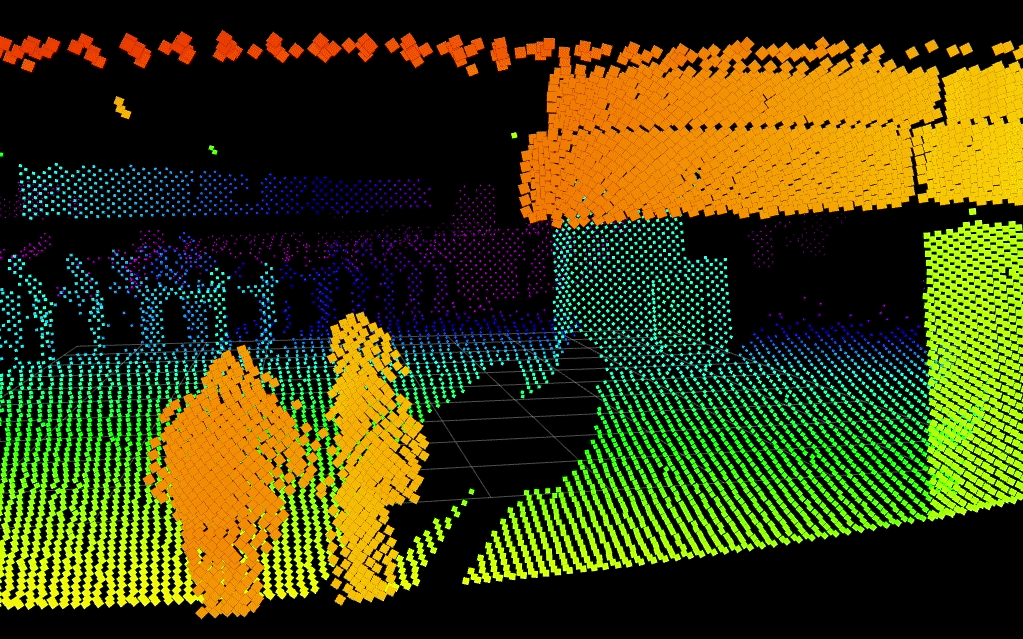
LiDAR Systems are Easy-To-Manage
Easy-to-setup and manage, most LiDAR security and surveillance solutions employ 3D perception algorithms to automatically scan the field of view, generate point cloud data, and feed anonymized information into the system. This creates a fully automated security solution, which also has setup efficiency and simplicity benefits over camera-based systems.
3D LiDAR is the future of Security
Just a decade ago, advanced surveillance systems were considered extravagant. Today, even the most modern security solutions face constant challenges from evolving threats. To stay ahead, organizations must upgrade from legacy systems to smarter, automated, and more robust technologies.
Integrating LiDAR in security systems delivers exactly that: accurate, reliable, and privacy-friendly protection across both indoor and outdoor environments. From perimeter security to outdoor surveillance, LiDAR is redefining the security landscape and is poised to become a cornerstone of the future of safety.



